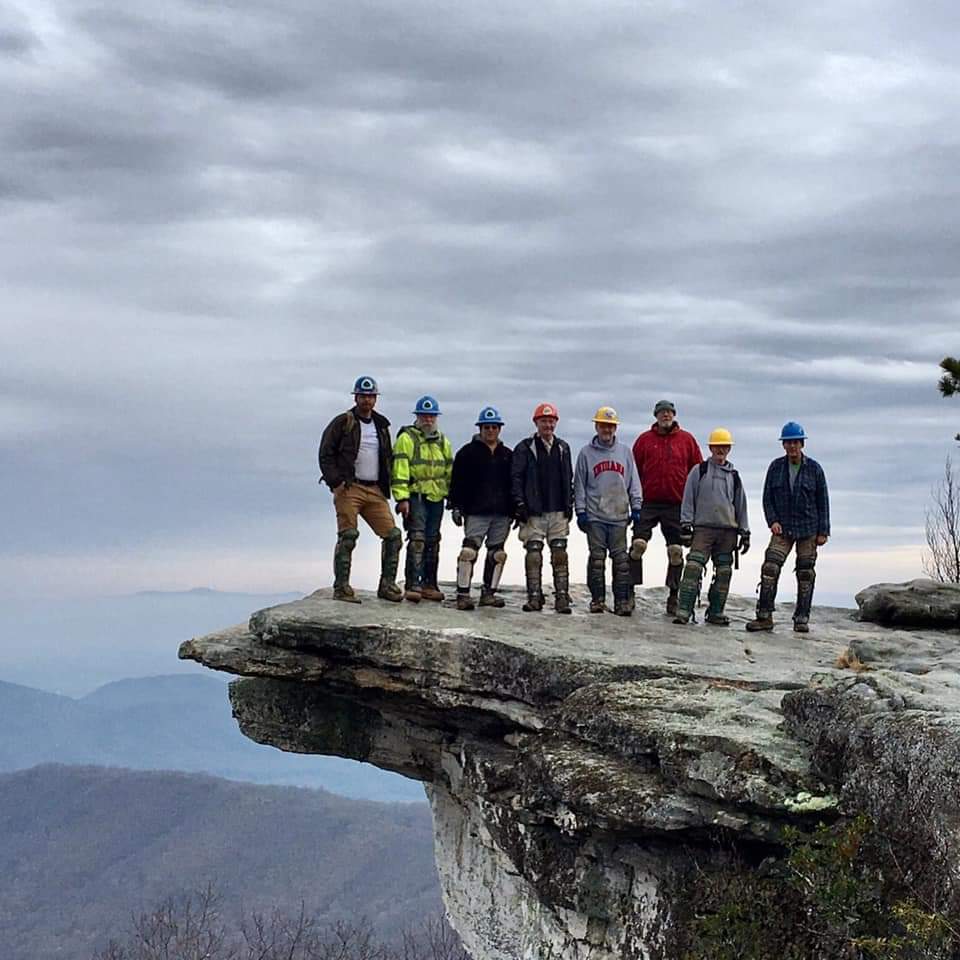By Shalin Desai, ATC Vice President of Advancement
What is the Cost of a “Priceless” View?
June 9, 2020
I recall, when I thru-hiked the Appalachian Trail (A.T.) in 2015, the exact moment I stood on the edge of McAfee Knob. I took the photo thousands of thru-hikers (and even more day visitors) have taken, much like the one you see above. That photo — of a hiker standing alone and near the edge, looking over the vast Catawba Valley — is nothing short of iconic. After sharing that photo with a friend, I received a response that would resonate years later when I joined the Appalachian Trail Conservancy (ATC) staff: “That photo is priceless!”
Years after my thru-hike, I’ve learned that, though it is near impossible to put a price tag on the meaning, values and legacy of the Appalachian Trail, it costs millions of dollars every year to manage and protect the Trail and its surrounding landscape.
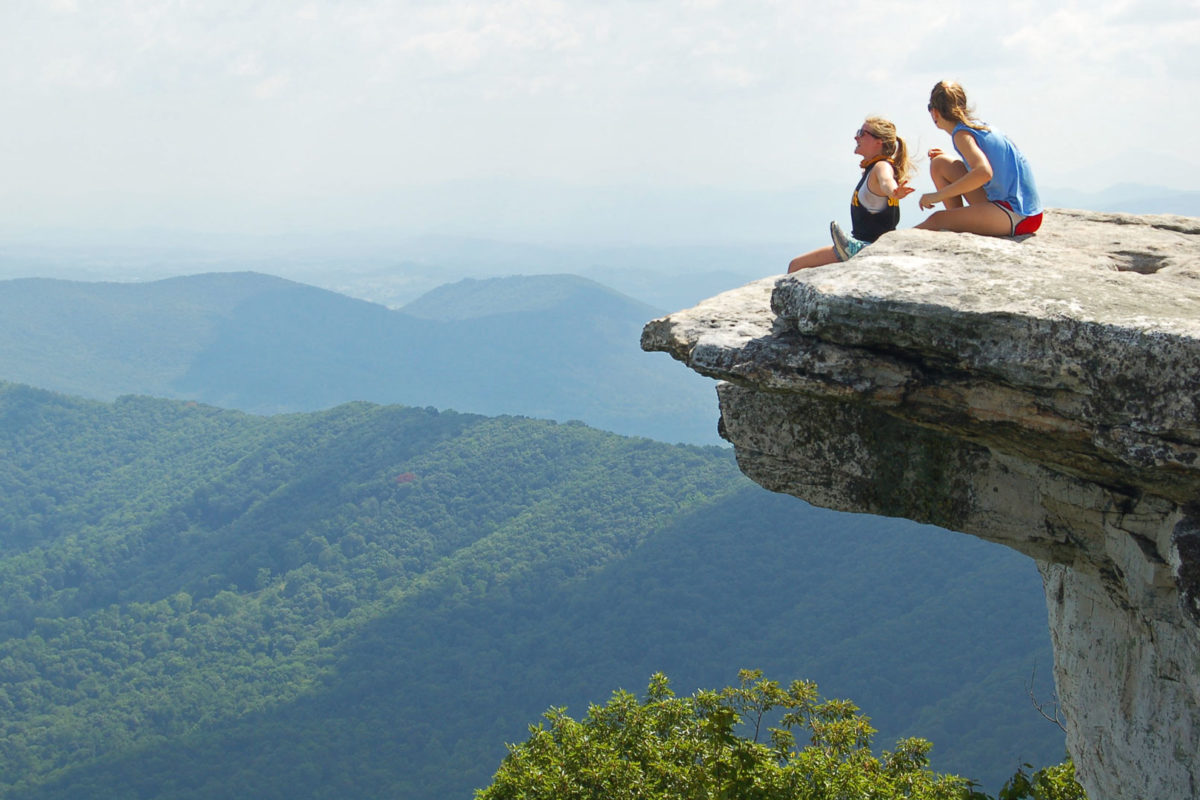
By donating to the ATC today, you help ensure the irreplaceable views from places like McAfee Knob are protected forever for all to enjoy.
Our mission is not to manage a footpath or its surrounding landscape. It is not to preserve the ecology of the A.T. — from the Trail’s exceptionally diverse flora and fauna to the trees that envelop the Trail in a green tunnel. It is not to develop the next generation of Trail stewards. It is not to preserve those precious moments like hearing birds fly overhead as they follow the Trail’s route as an avian skyway, or seeing the Milky Way spread out like electric crystals against the night sky. It is not to equip and deploy thousands of volunteers who, as a corps, spend more than 200,000 hours each year maintaining the integrity of the A.T.
Our mission is to manage and protect all these things, collectively known as the A.T. Experience — an experience so iconic, it has persisted for a century. Through a generous gift to the ATC, you can help preserve this unique experience for another 100 years.
But, what does it take to fund this conservation and recreation miracle for another 100 years?
To return to McAfee Knob in 2015: I could not have known that the section of footpath I followed, or the panoramic vista in front of me, or the sensory experience of being on that small section of the A.T. took millions of dollars to build, maintain and protect. Like many things we deem priceless, there is a hidden cost to ensure they remain in our lives.
Broken down into discrete components, these are the minimum costs to preserve that unique moment on McAfee Knob:
The Trail:
- The ATC provides administrative support to the Roanoke Appalachian Trail Club — the club responsible for Trail maintenance in and around McAfee Knob — in its work to manage visitor use, maintain the footpath and other Trail-related activities and projects. The McAfee Knob Task Force, which tackles the issue of managing ever-increasing traffic on this iconic part of the Trail is also managed by ATC staff. ~$10,000 per year.
- A ridgerunner is employed by the Appalachian Trail Conservancy for eight months each year, spending much of their time in hot spots like McAfee Knob to collect invaluable field information for the ATC’s Conservation team and educate hikers on responsible Trail use, including Leave No Trace principles and proper overnight camping techniques. ~$15,000 – $20,000 per year.
- The ATC engages in boundary monitoring work around McAfee Knob by deploying volunteers to walk the tracts and boundary lines of lands acquired for the Trail and assess them to ensure their continued conservation. ~$15,000 per year.
The Landscape:
- The vista from McAfee Knob could look very different if not for the decades-long landscape protection work of the ATC and its partners. The tracts of land seen from McAfee Knob targeted for protection encompass 1,053 acres of lands and require ATC to work in concert with its partners to identify, acquire, maintain and protect these lands in perpetuity. Most recently, the ATC and its partners managed to acquire the 243-acre Hogan Hollow tract, which helped
expand the Trail’s surrounding corridor and helped preserve this irreplaceable view. ~$5,700,000 total.
The Volunteers:
- Volunteers comprise the backbone of the ATC’s conservation effort. Almost 6,000 volunteers contribute more than 200,000 hours of service to maintain the integrity of the A.T. Volunteers require skills development, gear and transportation — all of which comes at a cost. ~$36,000 per year for Virginia volunteers alone.
Federal Policy & Legislation:
- Funding for conservation land acquisition is harder to come by than it seems. The surest way to protect parcels forever is by securing federal ownership from willing sellers. The Land and Water Conservation Fund (LWCF) is the dedicated funding stream for federal and state purposes, serving everything from city parks to the Appalachian Trail. With so little funding available across the country every year, the ATC works hard to make sure that every hour of staff time put into acquiring land in the viewshed is worth it. Apart from lobbying for key legislation to protect the A.T. like LWCF, the ATC also speaks on behalf of our agency partners on The Hill and beyond and fights for laws that ensure public input is considered on projects that could affect the integrity of the Trail and its surrounding lands (like the National Environmental Policy Act). ~$100,000 per year.
These costs add up. To preserve those A.T. moments we all cherish, the ATC needs support from A.T. lovers like you. If it takes several million dollars to preserve a few miles of Trail around McAfee Knob, imagine what we need to manage and protect all 2,193 miles of the A.T.
On a sunny day — or even a partly cloudy one — the vista from McAfee Knob can stretch on for miles, clear and uninterrupted. What you cannot see from on high is the volunteer work to maintain and protect the Trail, the lobbying for key legislation or policies to protect the A.T. and its landscape, or the collaboration with partners to ensure the A.T. Experience remains intact. You cannot see the funds required to purchase resilient lands, to purchase the gear and equipment to deploy volunteers, to hire staff to work in the field and to support the ATC’s operations. These are the unseen costs for conserving this Trail we all hold dear, and why we must all pitch in together to ensure the A.T. is protected forever, for all.
Discover More
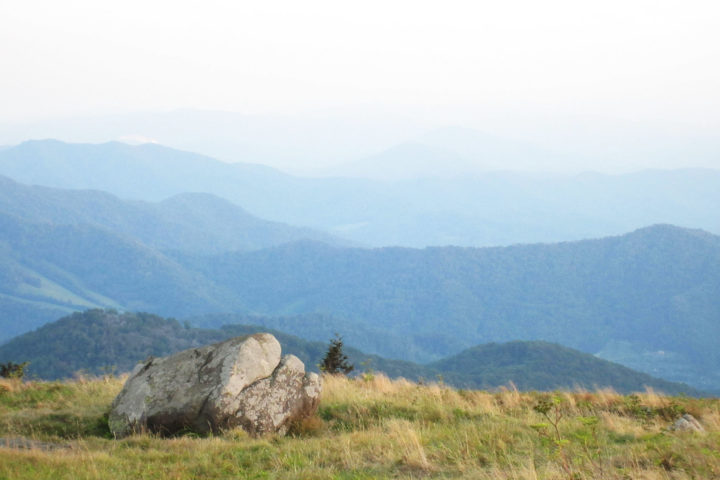
The A.T. Landscape Partnership
A Dynamic Approach to Landscape Conservation
The Appalachian Trail Landscape Partnership is a dedicated coalition of local, state and federal partners led by the Appalachian Trail Conservancy and the National Park Service.
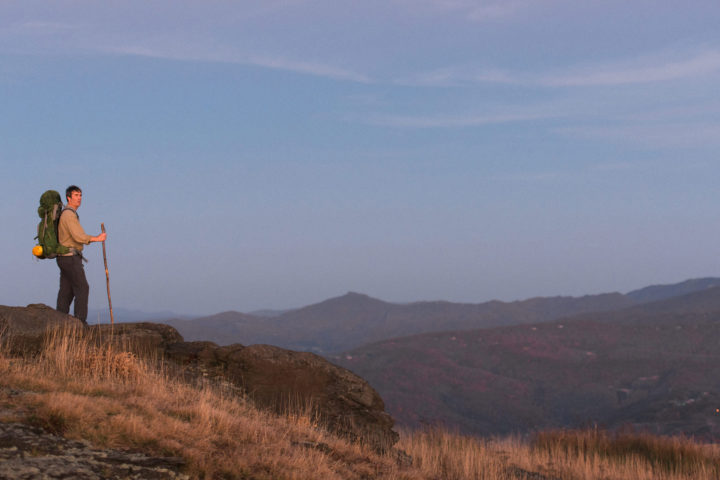
ATC's Official Blog
A.T. Footpath
Learn more about ATC's work and the community of dreamers and doers protecting and celebrating the Appalachian Trail.
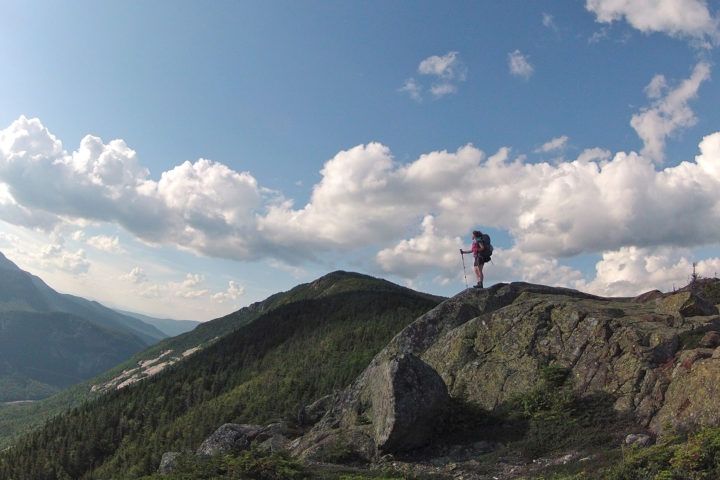
Be a Voice for the Trail
Advocacy
Whether on the Appalachian Trail or on Capitol Hill, obstacles arise every day that threaten the Appalachian Trail. We're here to protect it. Learn more about how we stand up for the A.T. and it's surrounding landscape — and how you can help.


